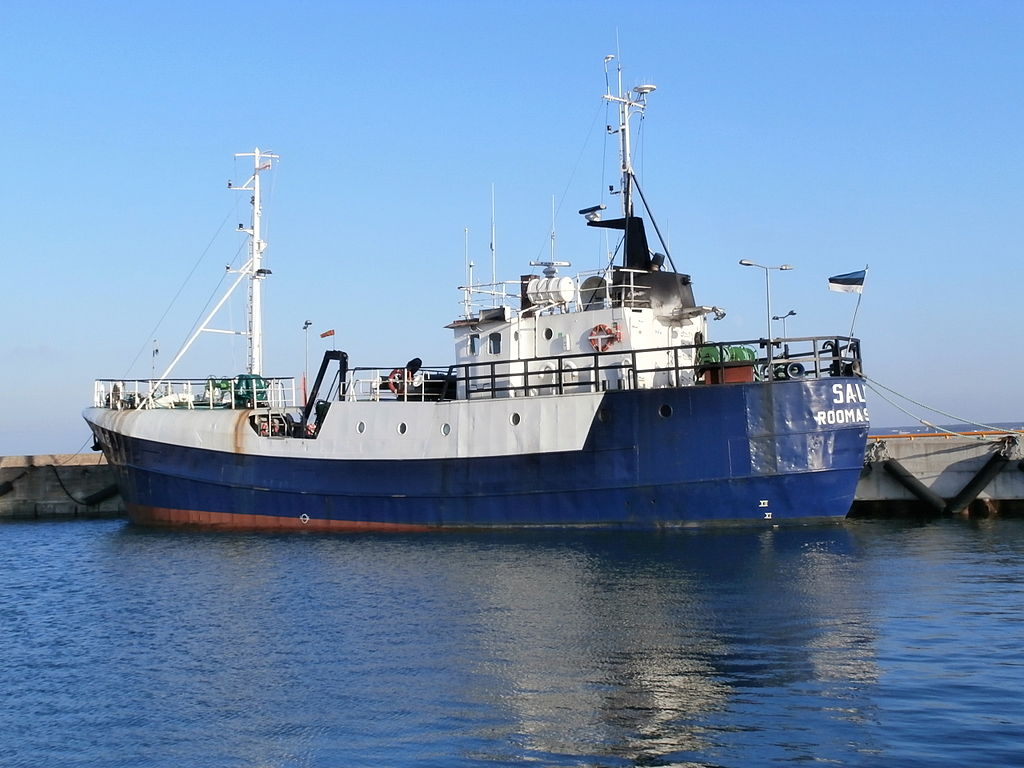According to the initial data of a study by Tallinn University of Technology, not only has the Gulf of Finland the so-called dead zones due to oxygen deficiency, but these have expanded.
The TalTech study that started at the beginning of October aimed to analyse the oxygen levels of the Baltic Sea and the locations of the so-called dead zones. The study was conducted onboard of the TalTech research vessel, “Salme”.
Less oxygen dissolved in the water is often referred to as a “dead zone” because most marine life either dies, or, if they are mobile such as fish, leave the area. Habitats that would normally be teeming with life become, essentially, biological deserts.
“Hypoxic area has spread far east into the Gulf of Finland in this autumn. The oxygen deficiency is also accompanied by a lack of benthic fauna. At the edge of the oxygen deficient area, the benthic fauna is relatively rich. It can be confirmed based on the initial data that the oxygen concentration is very low in the areas that are deeper than 80 metres in the Gulf of Finland,” marine researcher Urmas Raudsepp from TalTech said in a statement.
“We cannot exclude that there might also be low oxygen concentration in shallower parts of the sea. We anticipate that natural conditions should be the reason for the poor oxygen conditions in the Gulf of Finland. This autumn, the deep layers of the Gulf of Finland have water with a very high salinity – 20-25% saltier than usual, which should have transported here from the open parts of the Baltic Sea.”
The largest dead zone in the world
According to TalTech, Finnish researchers published a few years ago a thorough study finding that the dead zone located in the middle of the Baltic Sea was the largest of its kind in the world.

“The current measurements in the central Baltic Sea and further analysis of water samples should show whether the oxygen poor water has been transported to the Gulf of Finland from the open parts of the Baltic Sea or is intensive oxygen consumption taking place within the gulf,” Raudsepp noted.
“It is very important to know if this oxygen-poor area is permanently in the Gulf of Finland or will it recede by the spring. The oxygen-poor area in the Baltic Sea is geographically the smallest in the spring.”
Participants in the research cruise were researchers from TalTech, the University of Tartu and Tallinn University. The Estonian University of Life Sciences provided additional measurement equipment. The study was conducted in the period when the oxygen level in the Baltic Sea is at the lowest and geographically most extensive, according to TalTech.
Cover: The study was conducted onboard of the TalTech research vessel, “Salme”. Photo by Pjotr Mahhonin, shared under Wikimedia Commons 4.0 licence.

